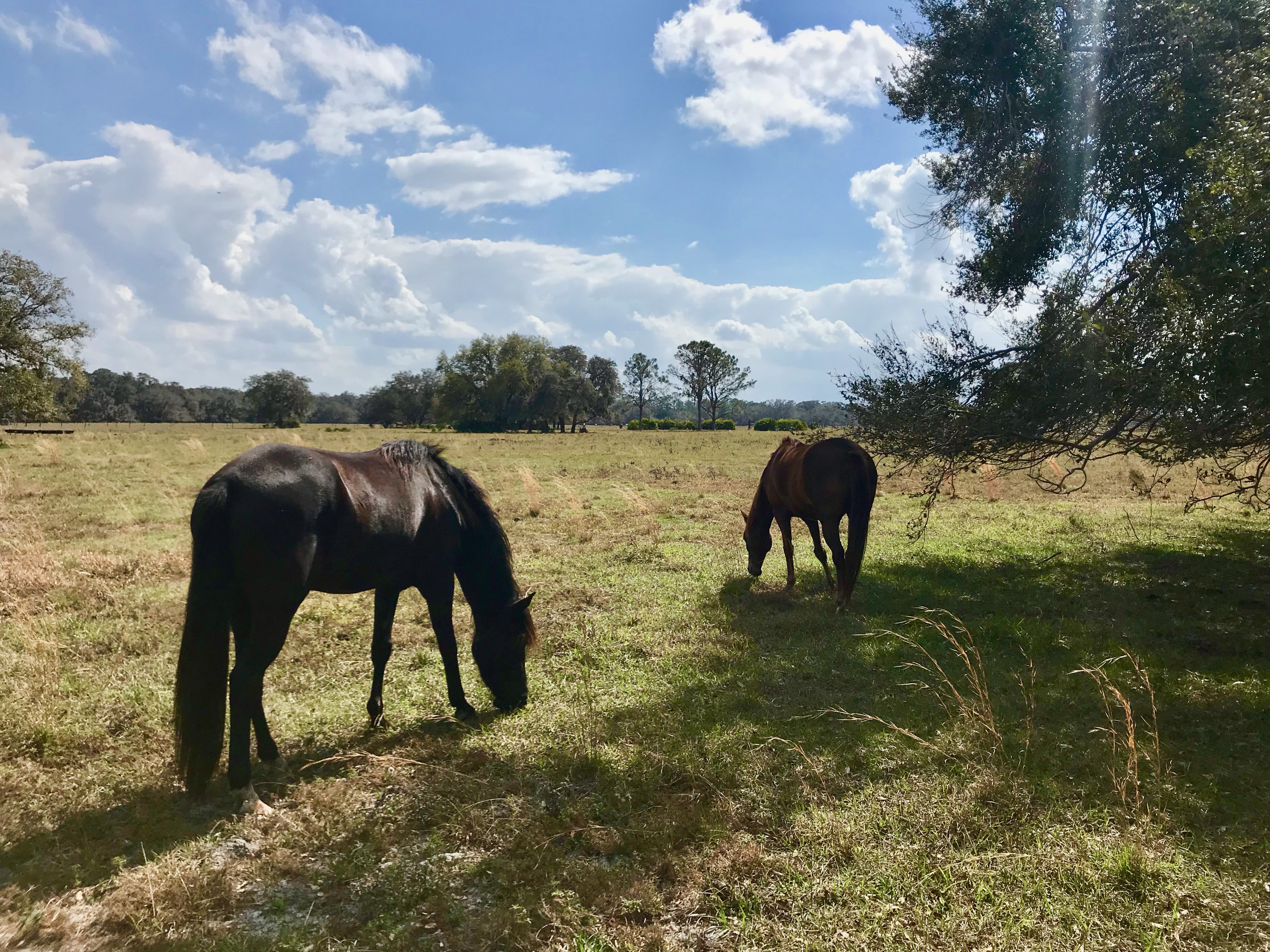
Lake Kissimmee's Historical Cow Camp
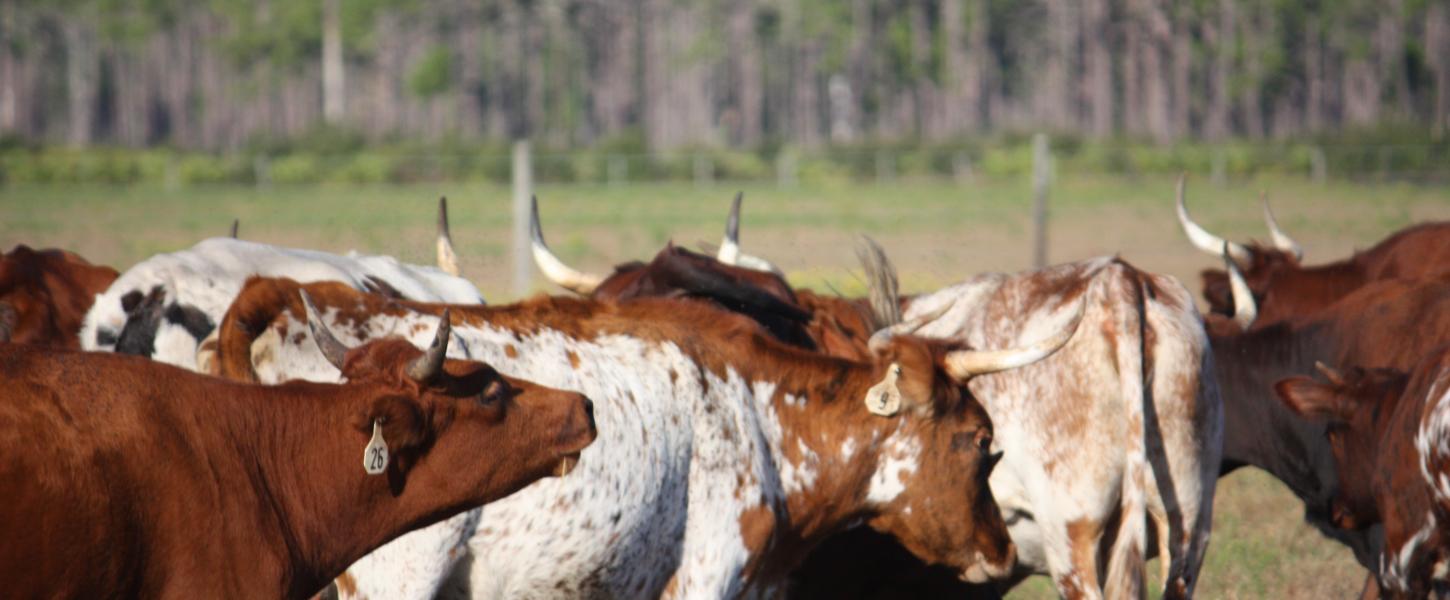
Florida was known for its cattle industry before any other state, including Texas.
When the first Spanish conquistadors arrived in Florida in the early 1500s, they brought with them a small herd of Andalusian cows and horses that today are more commonly known as Florida cracker cows and cracker ponies. When the Spanish left Florida, they left behind most of the horses and cows, leaving them to run wild. Over the past 500 years, they have become adapted to Florida’s harsh environment, making them a Florida specific breed.

This bloodline is a very a resilient breed that can withstand the harsh Florida environment, able to forage on natural vegetation and withstand the high temperatures and bugs found in this climate.
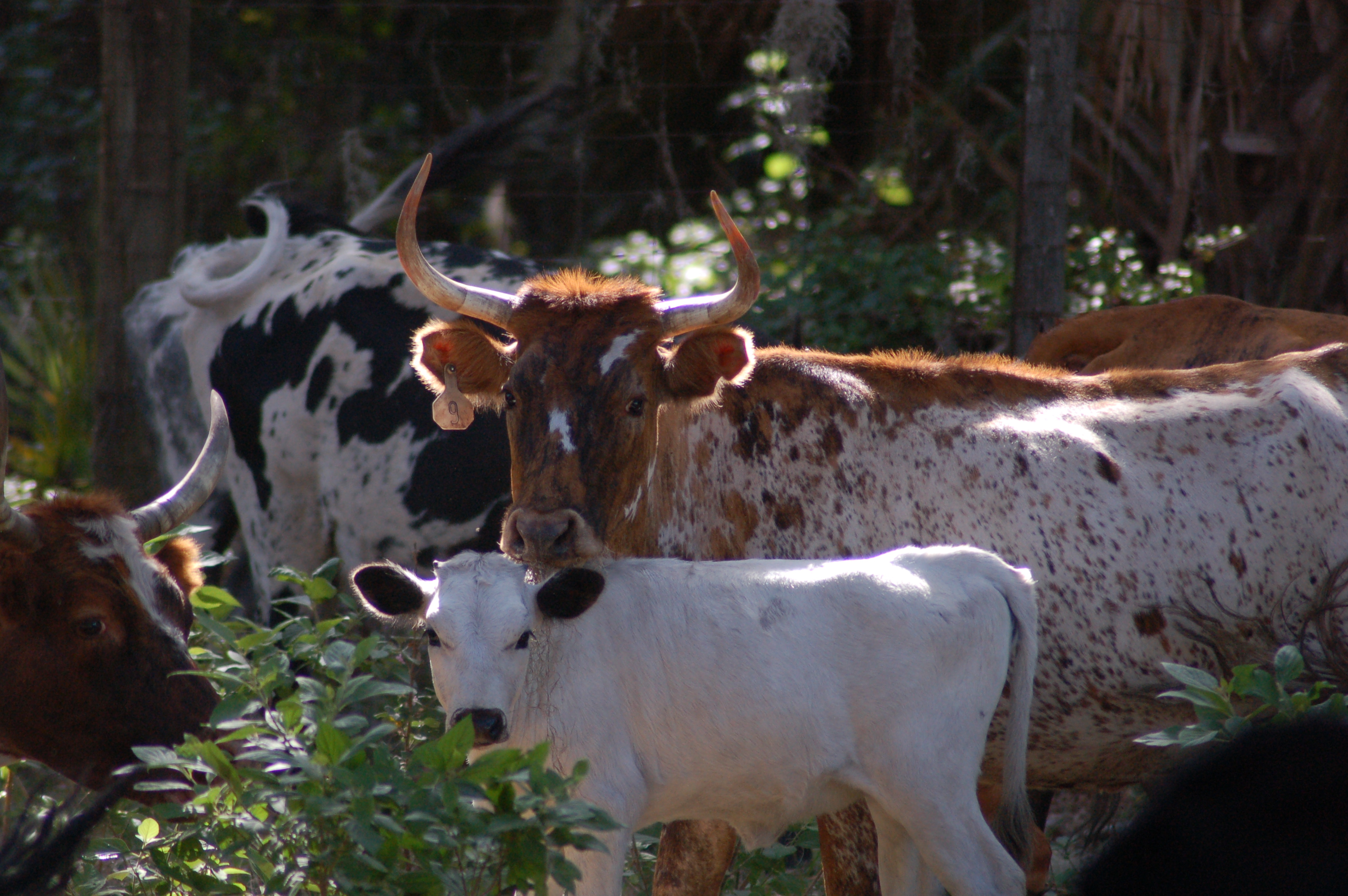
When the United States acquired Florida in 1821, there was an abundance of wild cracker cows, and thus the Florida cattle industry was born.
Jacob Summerlin, “The Cracker King of Florida,” was one of the wealthiest men in Florida and made his fortune hunting cattle in the Kissimmee and Peace River areas. Summerlin hired people that would later be known as cow hunters to go out into the wilds of Florida to catch and mark the cattle as his own. These cow hunters could be gone for weeks at a time, traveling from cow camp to cow camp.
The camps would consist of a small chickee with a couple of cow pens and usually built in an oak hammock. The following photos are historical pictures of structures that were on the property prior to the state ownership and no longer exist at Lake Kissimmee.
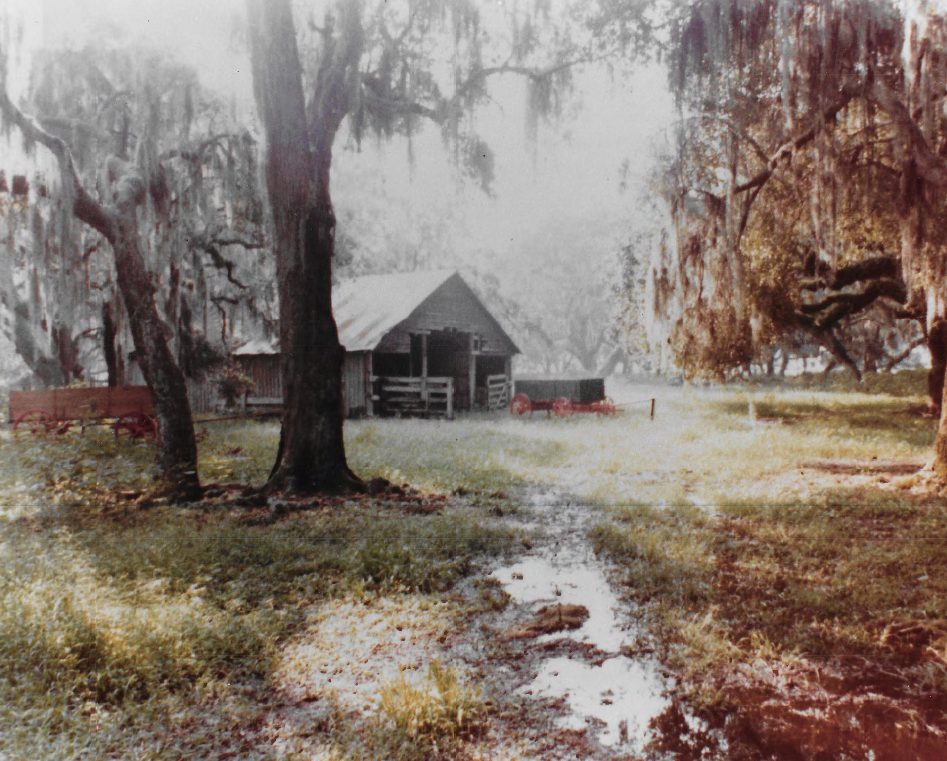
Each cow camp was roughly a day’s ride apart and the hunters would spend a couple of days in the area gathering cows. The cattle that were old enough to go to market would be gathered up in cow camps and once the hunters had enough to take to the market, they would drive them down to Punta Rassa. The thick natural vegetation in Florida made the use of a lariat impossible, so the hunters used whips and they trained leopard cur dogs to find the cows in the marshes, swamps and pinelands.
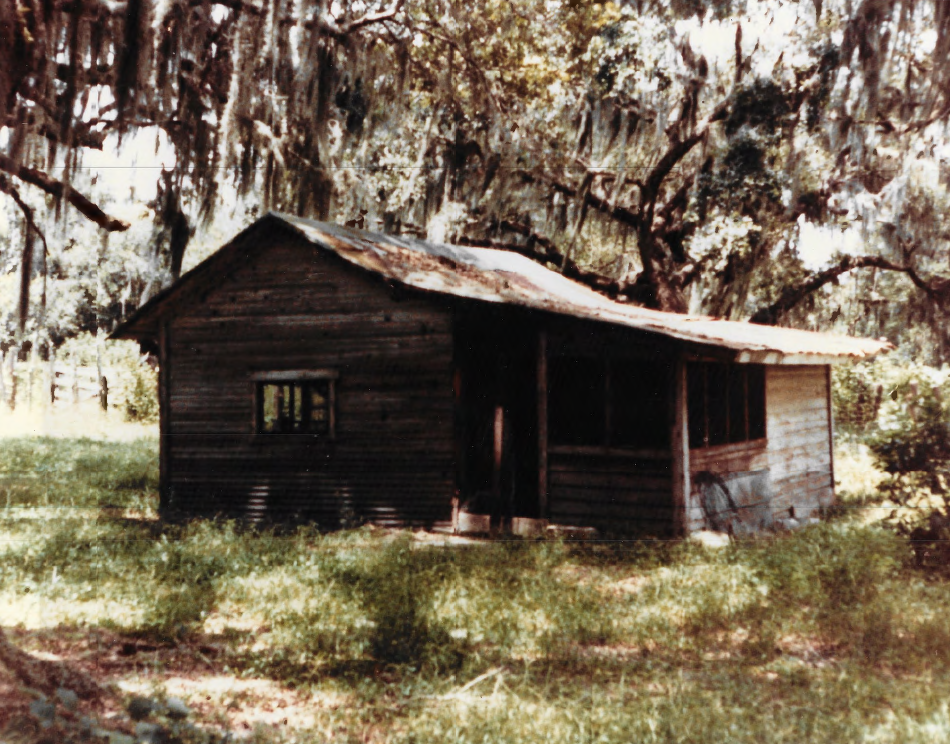
After the Civil War, Summerlin bought a wharf near southwest Florida where he shipped and sold his cattle to Cuba. The Cubans were in a war with the Spanish and were paying Spanish gold doubloons for the cattle. The cattle industry remained strong up into the 1900s and still exists today. The area that is now Lake Kissimmee State Park was later owned by the Zipprer family until January 1970, when it became the property of the state.
In 1947, a canal was installed on the property that connects Lake Rosalie to Lake Kissimmee to help drain the land and add to the grazable acres for cattle.
In 1979, a water control structure - or weir - was installed on the canal to aid in water control and in 1964 the wooden cow camp bridge was installed. Remnants of the turpentine industry in the form of cat faced pines and herty pots can be found in various locations through the park.
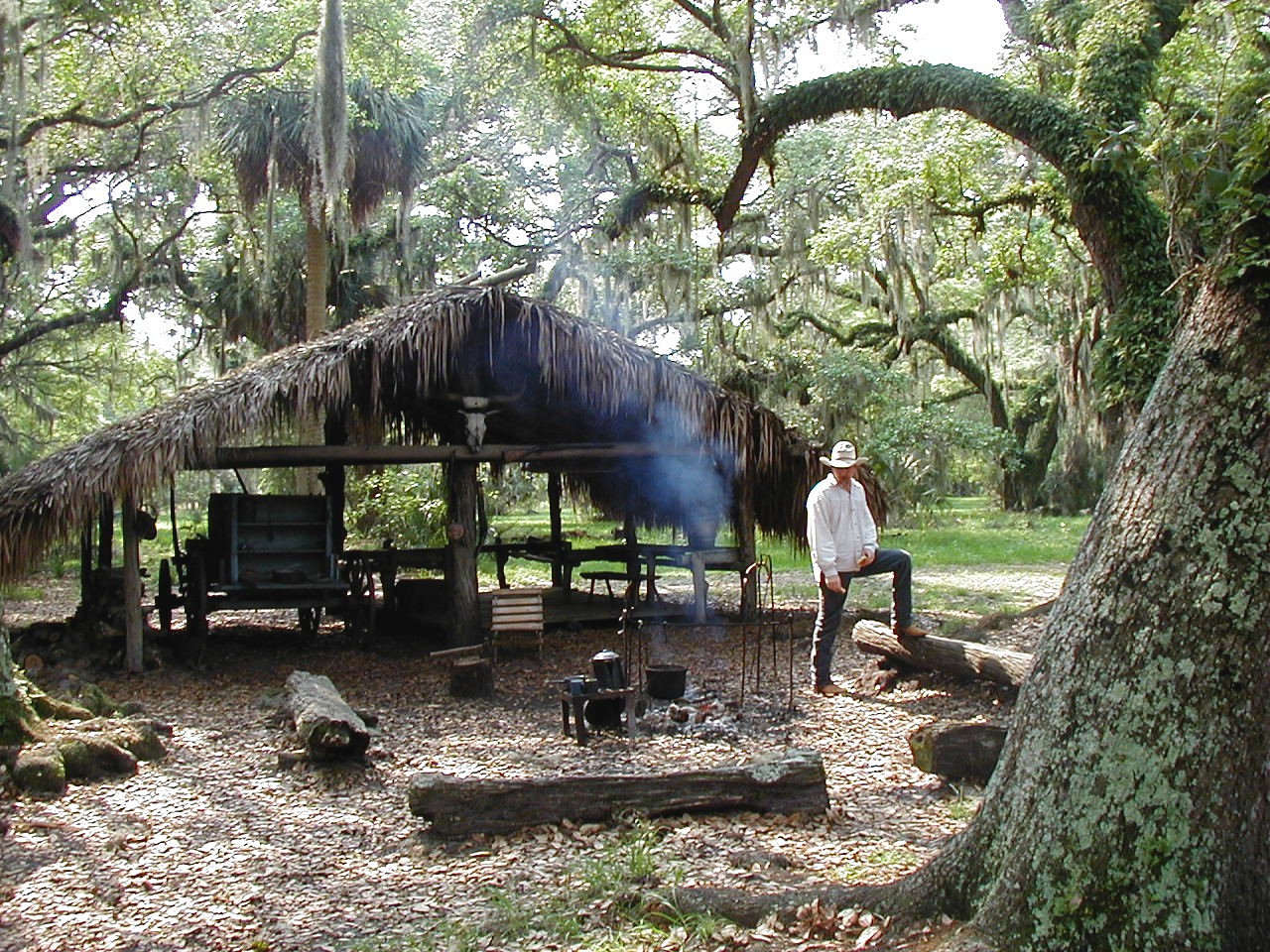
If you're looking to experience the Real Florida, visit Lake Kissimmee State Park's 1876 Cow Camp Living History Reenactment!